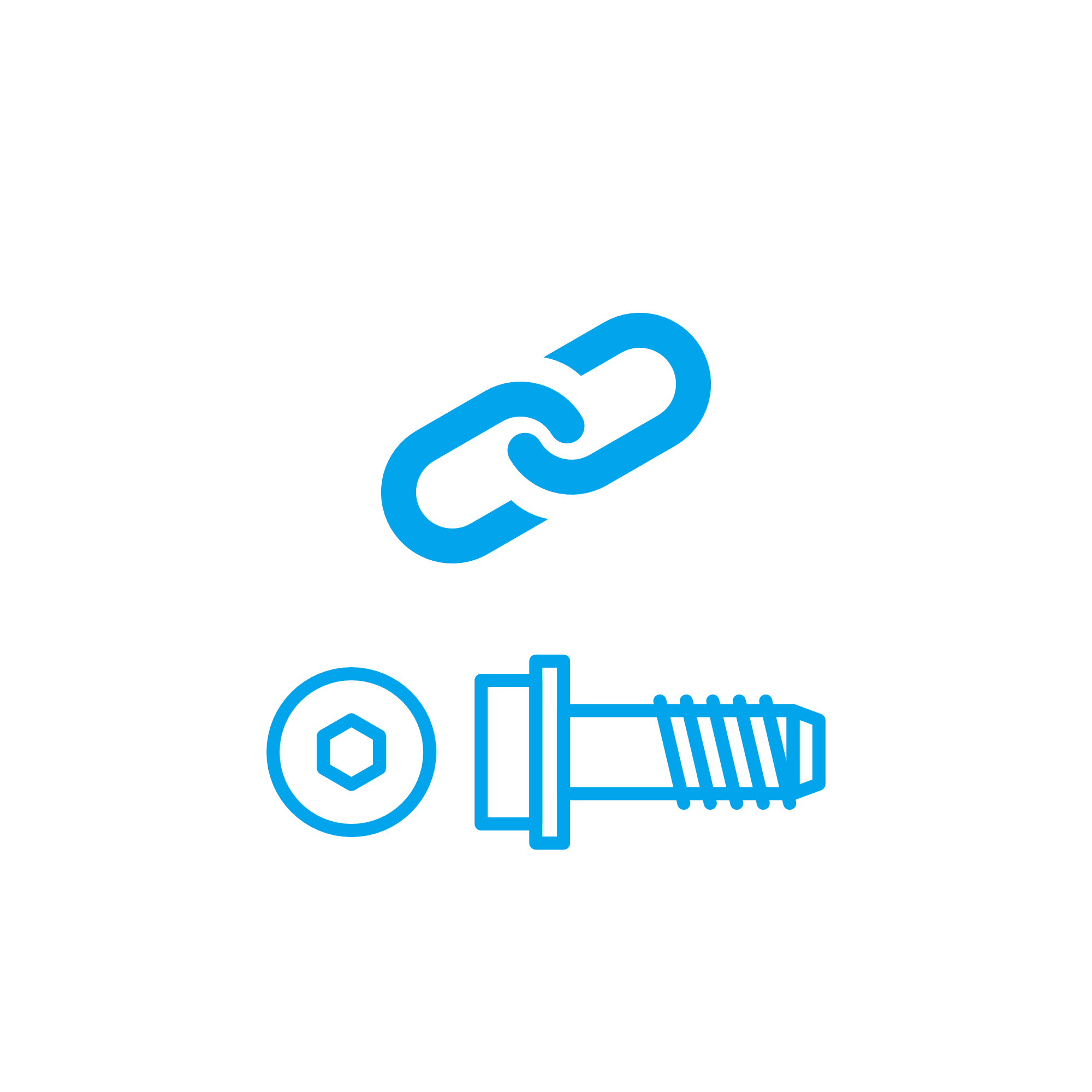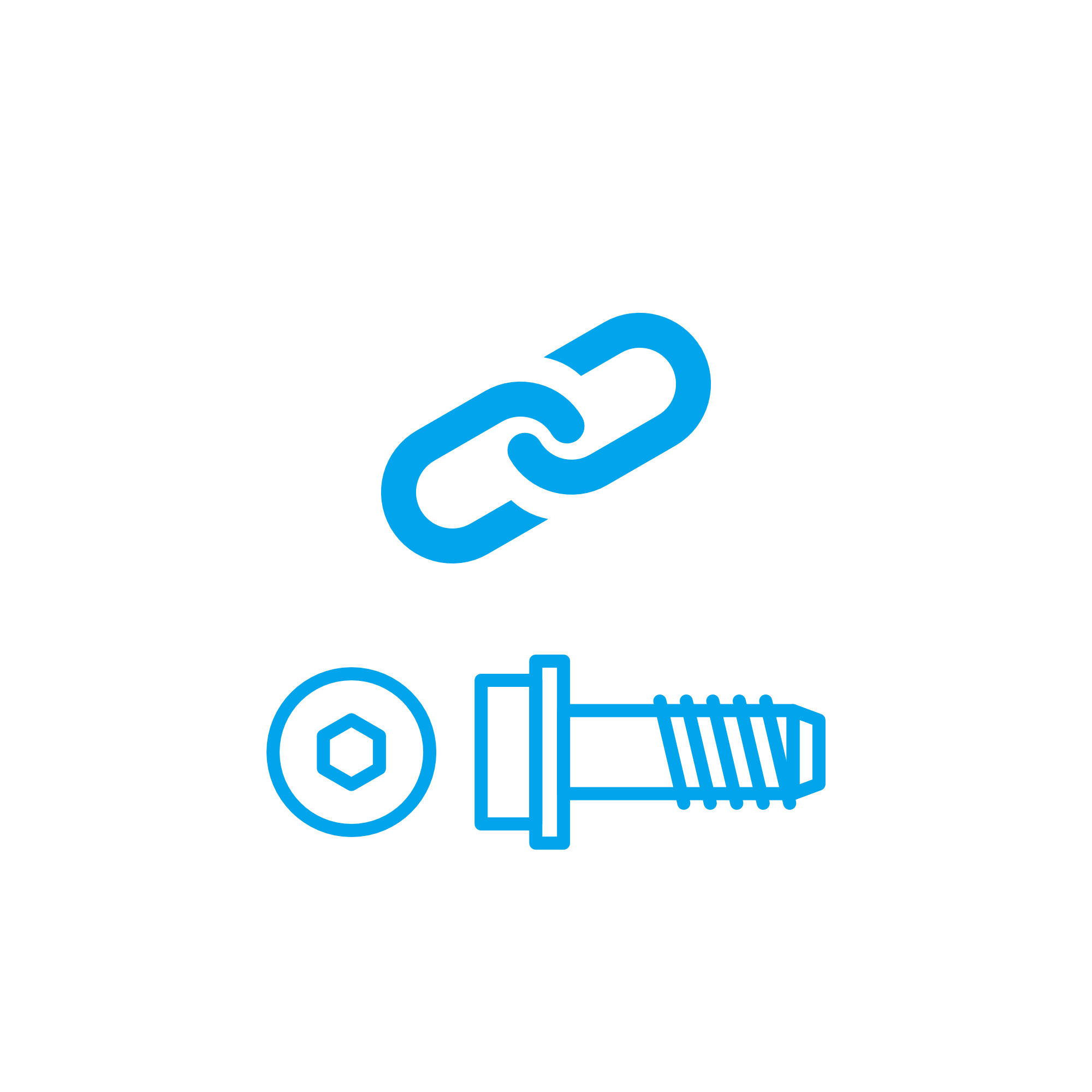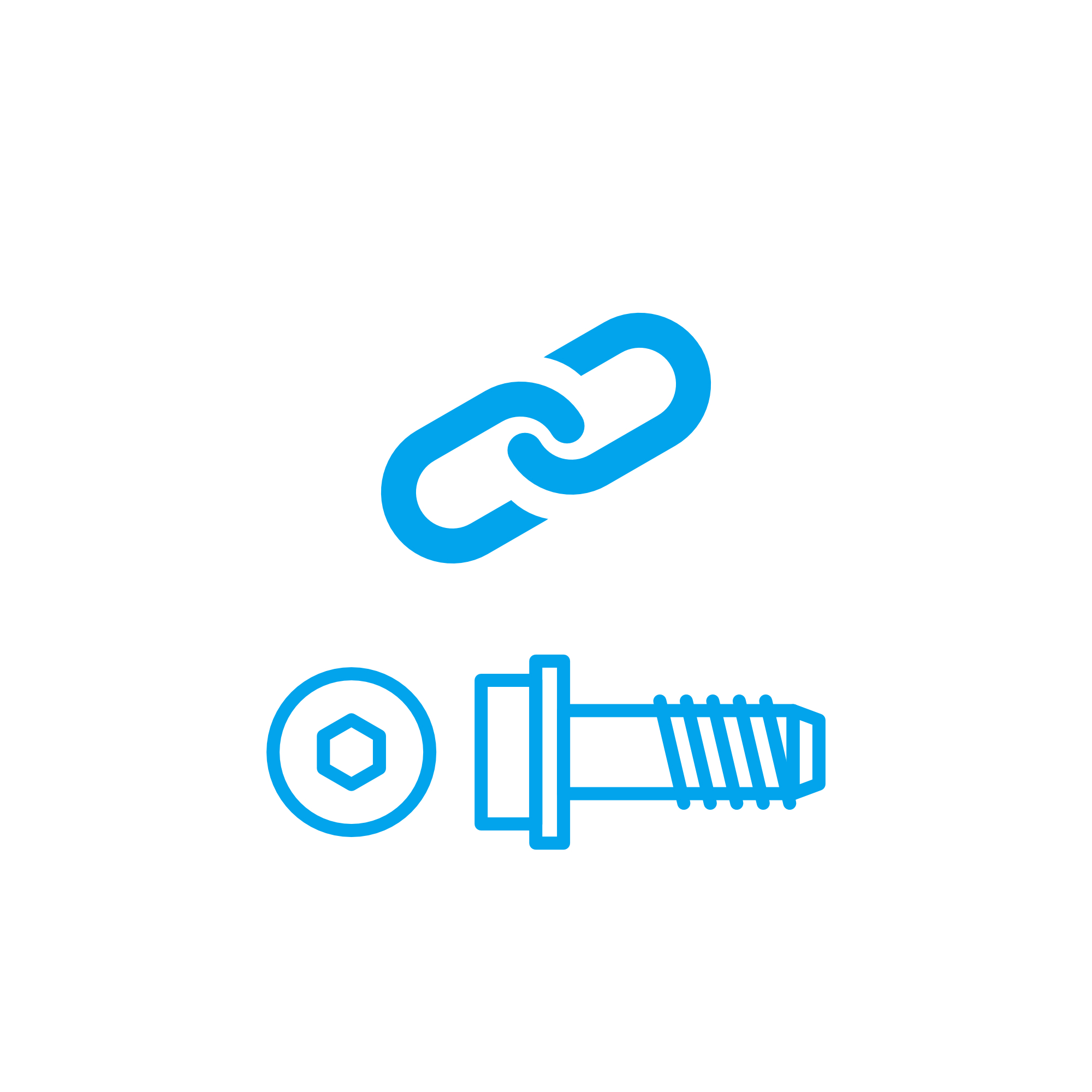ROD Connecting Elements for High‑Duty Marine and Diesel Engines
Connecting elements are the mechanical links that hold an engine together and transmit forces through it. In this article category you will find components such as the connecting ROD, tie rods, push rods, studs, bolts, pins, and precision sleeves. These parts connect the crankshaft to the piston assembly, clamp the cylinder head to the block, stabilize the engine structure, and ensure that motion and load paths remain controlled even under extreme operating conditions. In a marine engine or large industrial diesel engine, connecting elements are fundamental to power density, efficiency, and operational safety.
Designed from high‑strength alloys and engineered for fatigue resistance, connecting elements define how reliably an engine converts combustion energy into rotational power. From slow‑speed two‑stroke propulsion sets to high‑speed generator drives, the correct specification and condition of each ROD and companion fastener directly influence performance, vibration behavior, and maintenance intervals.
Technical function of ROD connecting elements in a diesel engine and marine engine
The central connecting ROD transforms reciprocating piston motion into crankshaft rotation. Its big‑end and small‑end bearings guide loads through the crank throw with tightly controlled oil film thickness and surface finish. In low‑speed marine engines with crosshead architecture, the crosshead ROD separates the combustion and crankcase spaces, stabilizing the piston rod alignment and minimizing side thrust on the liner. In medium‑ and high‑speed diesel engines, conventional connecting rods must balance stiffness with low reciprocating mass to control bearing temperatures and reduce secondary vibrations.
Other connecting elements complement the ROD: tie rods clamp the block and bedplate, maintaining structural alignment under firing pressure; cylinder head studs and bolts deliver precise preload to seal combustion gas and coolant passages; push rods transmit cam motion to rocker arms in certain valve trains; alignment dowels and location sleeves keep housings concentric to protect bearings. The function of each component relies on exact material properties, surface treatments (shot peening, nitriding), and geometry (big‑end ovality, thread form, fillet radii). Correct preload—achieved by torque, angle, or hydraulic tensioning—ensures the joint remains elastic and fatigue‑resistant during the full power range.
When specified as ROD OEM parts, dimensions, balancing grades, and metallurgy match the engine maker’s tolerances. That fit is critical for bearing crush, oil hole alignment, and consistent bolt stretch—each a prerequisite for stable lubrication and extended service life.
- · High tensile strength and fatigue resistance for cyclic loads
- · Precision tolerances for bearing crush and oil film control
- · Optimized mass distribution to reduce vibration and wear
- · Surface treatments to combat fretting and corrosion
- · Verified preload behavior of studs/bolts for sealing integrity
- · Exact alignment via dowels and sleeves to protect bearings
- · Traceable materials and heat treatment for reliability
- · Compatibility with diesel and gas engine lubrication systems
Importance of connecting elements for reliable engine operation
Because connecting elements transmit every firing load, their condition determines whether an engine runs smoothly across thousands of hours. A worn or out‑of‑round connecting ROD big end can collapse the oil film, overheat the bearing, and cause a journal wipe. Insufficient tie‑rod clamping can allow block fretting, liner movement, and head gasket leakage. Fatigued studs risk thread pull‑out or fracture, leading to rapid loss of compression or coolant ingress. Misaligned dowels accelerate bearing edge loading, while damaged push rods compromise valve timing and turbocharger performance.
In marine service, these failures create operational and safety risks: unplanned off‑hire, propulsion loss in adverse weather, or secondary damage to crankshafts and liners. Routine condition monitoring helps prevent such events—examples include bolt stretch checks, ultrasonic testing for shank flaws, dye penetrant inspection at fillets, big‑end bore measurement for ovality, and surface roughness audits after reconditioning. Keeping connecting elements within specification is not optional; it is a core requirement for uptime, class compliance, and predictable lifecycle cost.
Advantages of OEM spare parts suitable for connecting elements (ROD)
Selecting OEM spare parts for the connecting ROD, studs, tie rods, and pins safeguards performance, budget, and longevity in several practical ways:
Performance and efficiency
OEM spare parts maintain the exact mass groups, bush clearances, and bearing geometry intended for the diesel engine. Correct stiffness and damping preserve combustion stability and reduce torsional and bending vibrations. Matched surface finishes support film strength and lower friction losses, improving specific fuel consumption over long duty cycles.
Reliability and safety
With controlled metallurgy, heat treatment, and batch traceability, OEM parts provide predictable fatigue life and thread integrity. Verified preload behavior and calibrated elongation factors keep head joints sealed and tie‑rod clamps secure under peak cylinder pressures—critical in a heavy‑fuel marine engine environment.
Budget and service life
Although the unit price may differ from alternatives, OEM spare parts minimize downstream costs by reducing premature bearing replacements, crankshaft grinding, and unplanned dry‑dock events. Consistent specifications also simplify inventory and enable planned overhauls with fewer surprises, extending the service life of major components connected by the ROD.
MOPA: fast, secure supply of OEM ROD and connecting elements
MOPA is an experienced partner for OEM spare parts in the category of connecting elements. We source and supply ROD components, tie rods, studs, push rods, bolts, and alignment hardware for diesel and gas engines with a focus on speed, quality, and transaction security. Our team supports purchasers and shipowners with part identification, cross‑references, and documentation to keep fleets on schedule.
Whether you need a single connecting ROD for a medium‑speed generator set or a complete tie‑rod and stud kit for a two‑stroke marine engine, MOPA provides rapid quotations, reliable lead times, and global logistics. Every shipment is prepared to protect critical surfaces and threads, ensuring components arrive workshop‑ready for installation.
Conclusion: ROD connecting elements and OEM spare parts
Connecting elements—especially the connecting ROD—are the backbone of mechanical load transfer in marine and diesel engines. Their precision and condition dictate efficiency, safety, and lifecycle cost.
Choosing OEM spare parts suitable for connecting elements secures dimensional accuracy, fatigue strength, and seamless fit, helping your engines run reliably and economically across extended service intervals.





